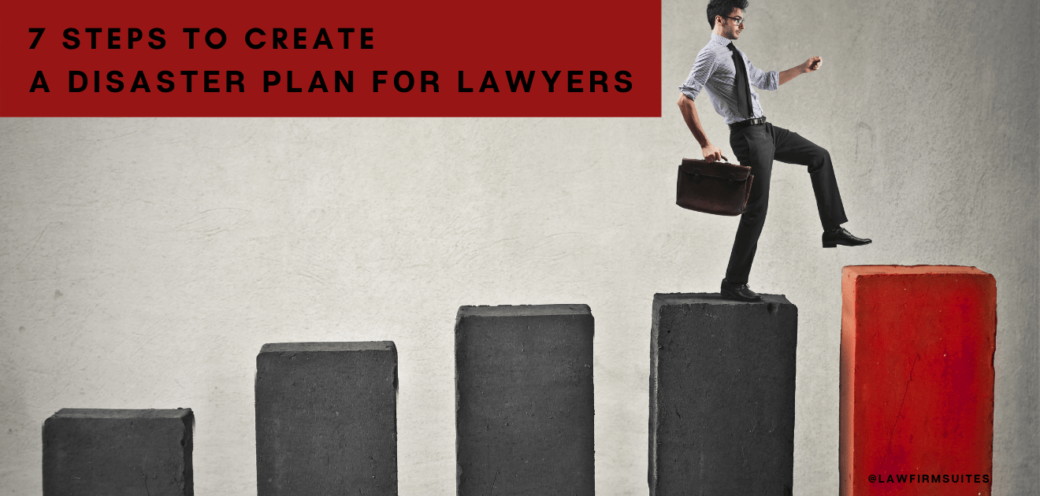2020 has taught us to be aware that disaster can strike anytime and your firm must be prepared. A lot of practices did not make it into 2021 and that’s simply because they didn’t have proper contingency plans in place or merely lost the drive to push through. This article outlines seven steps to create a disaster plan for your agency.
Examine Your Social Environment
The easiest way to examine your social environment is to refer back to your SWOT Analysis in your marketing plan. There you will see your researched Threats from early on in your business development stage. This portion of your SWOT Analysis should always be updated based on the happenings of the world around us. If you keep this section up to date, then you will be prepared for future disasters and will know how to plan around them. Media outlets like the news, social media, focus groups, etc are good resources to gain information on the threats surrounding your firm.
A SWOT ANALYSIS (or SWOT matrix) is a strategic planning technique used to help a person or organization identify strengths, weaknesses, opportunities, and threats related to business competition or project planning.
Identify How Vulnerable You Are To Them
Once you have identified the threats to your firm it is now time to assess how vulnerable you are to them. No matter how big, small, or unthreatening the threat may seem, it is important to take them all into account. Better to be over-prepared than struggling to figure things out in a crisis.
Prioritize Your Threats
Once you have logged your threats you must prioritize them. Ranking your threats in order of frequency is the best way to accomplish this step. Once you know how your vulnerabilities rank, you can assess the impact they’ll have on your firm. The higher the risk exposure, the more it’s worthwhile to protect yourself from that threat. Remember some threats can and will blindside you so stay prepared.
Create A Plan
Being thorough is very important when creating your disaster plan so make sure you touch on every possible scenario. Your plan should be effective and precise and leave no room for error. Your plan should clearly outline the threats you have researched and show a clear solution.
Create A Plan-B
Let’s be honest, no matter how well laid out your initial plan is, there is always room for error. Make sure that you always have a plan b in place just in case something with your original plan goes wrong. An established contingency plan can prevent unnecessary costs and hardships.
Alert Your Team
It is imperative that once you have established a disaster plan to alert your employees. Your disaster plan should be included in a document or procedure that is accessible to all employees, such as part of your employee handbook. You want to make sure that no matter what happens everyone knows the next steps. Keeping your employees informed will lower their stress and anxiety, and will lead to increased performance.
Take Action
Successfully implementing your disaster plan is proof that you’ve done it correctly. There are certain steps that need to be taken to ensure that your plan will be successful in the event of an emergency. All businesses hope to never have to use these plans but having them in place and educating your employees about it will save your business in a time of crisis.


